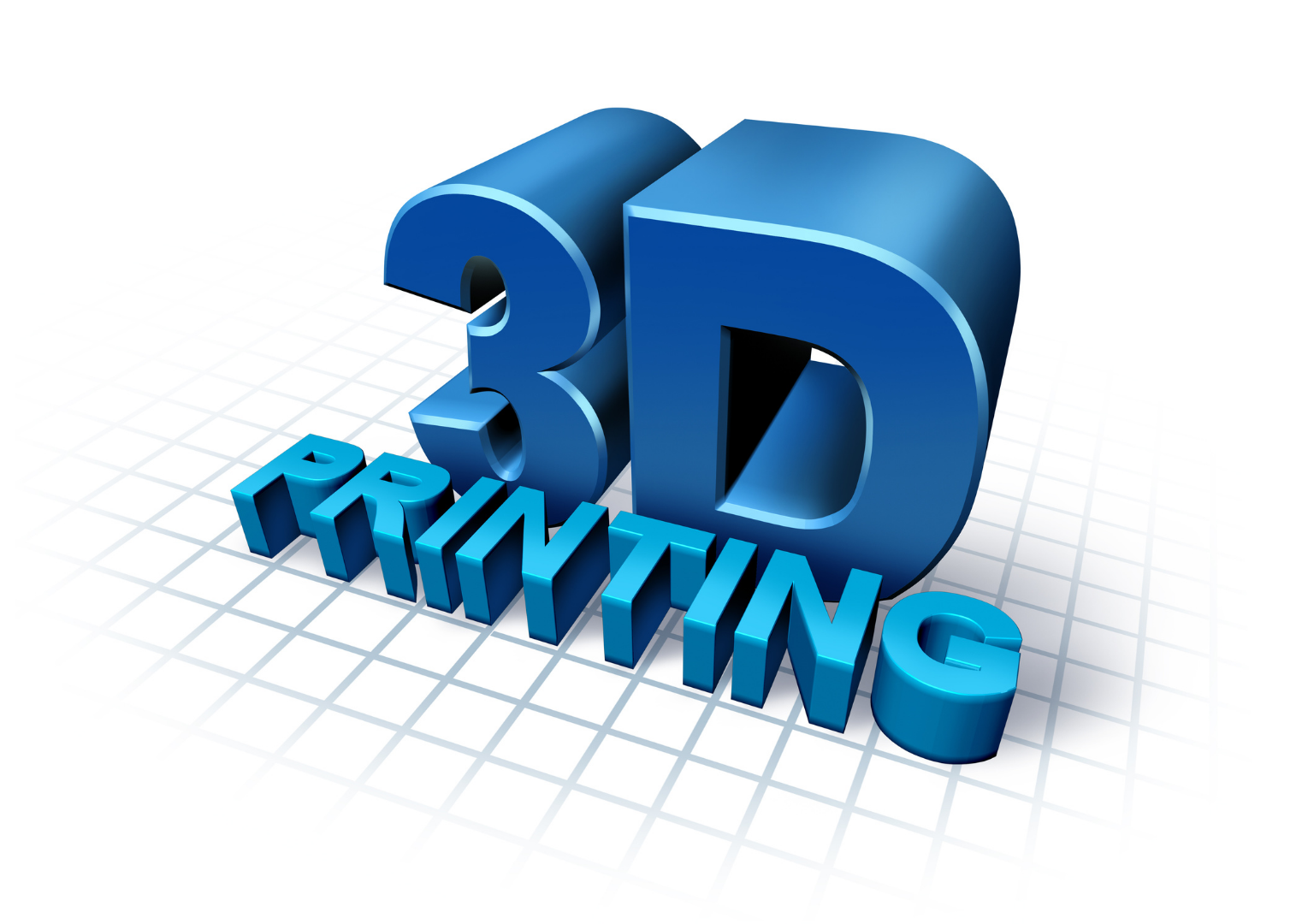How to get a job in 3D Printing?

Wondering how to secure a good job in 3D Printing?
Well, let’s assure you that the additive manufacturing industry is a successful and rapidly growing industry. It has taken over the manufacturing industry and will soon be dominating the market. The present state of 3D printing encompasses everything from production of toys to robot designs, from small automotive parts to making of a fully-functional vehicle, from fashion to aeronautics, etc. We can go on about the incredible contributions of this technology in various industries.
3D printing is a career that is sought after and companies are looking for experts and specialists in this field to help them with the production process. Moreover, apart from production, there are several other jobs that one can take up as a 3D Printer. We’ll be discussing opportunities and every possibility for growth and success in the field of 3D printing.
Additive manufacturing careers include engineers, software developers, material scientists and a wide range of business support functions including sales, marketing and other specialisms. The market is highly competitive and therefore companies are ready to hire those that have complete knowledge, skills and experience in this field.
Are you wondering how to acquire these skills and gain thorough knowledge of 3D Printing?
Learn 3D Printing Online! This is the first 3D Printing class designed to offer practical experience of the subject by expert 3D printing professionals. Once you’re done with this course, you’ll be certified and ready to secure a rewarding place in the industry. Apart from placement assistance, you’ll be trained on how to launch your own startup.
If you feel ready and motivated to step into this field, start by approaching your top employer choices. In addition to this, apply on platforms such as Monster, Naukri.com, etc. to get updates on vacancies and job openings. It is also important to have a good LinkedIn profile. Optimise your LinkedIn account, so that recruiters are able to find you and reach out easily.
Additive manufacturing careers include engineers, software developers, material scientists and a wide range of business support functions including sales, marketing and other specialisms. The market is highly competitive and therefore companies are ready to hire those that have complete knowledge, skills and experience in this field.
Are you wondering how to acquire these skills and gain thorough knowledge of 3D Printing?
Learn 3D Printing Online! This is the first 3D Printing class designed to offer practical experience of the subject by expert 3D printing professionals. Once you’re done with this course, you’ll be certified and ready to secure a rewarding place in the industry. Apart from placement assistance, you’ll be trained on how to launch your own startup.
If you feel ready and motivated to step into this field, start by approaching your top employer choices. In addition to this, apply on platforms such as Monster, Naukri.com, etc. to get updates on vacancies and job openings. It is also important to have a good LinkedIn profile. Optimise your LinkedIn account, so that recruiters are able to find you and reach out easily.
